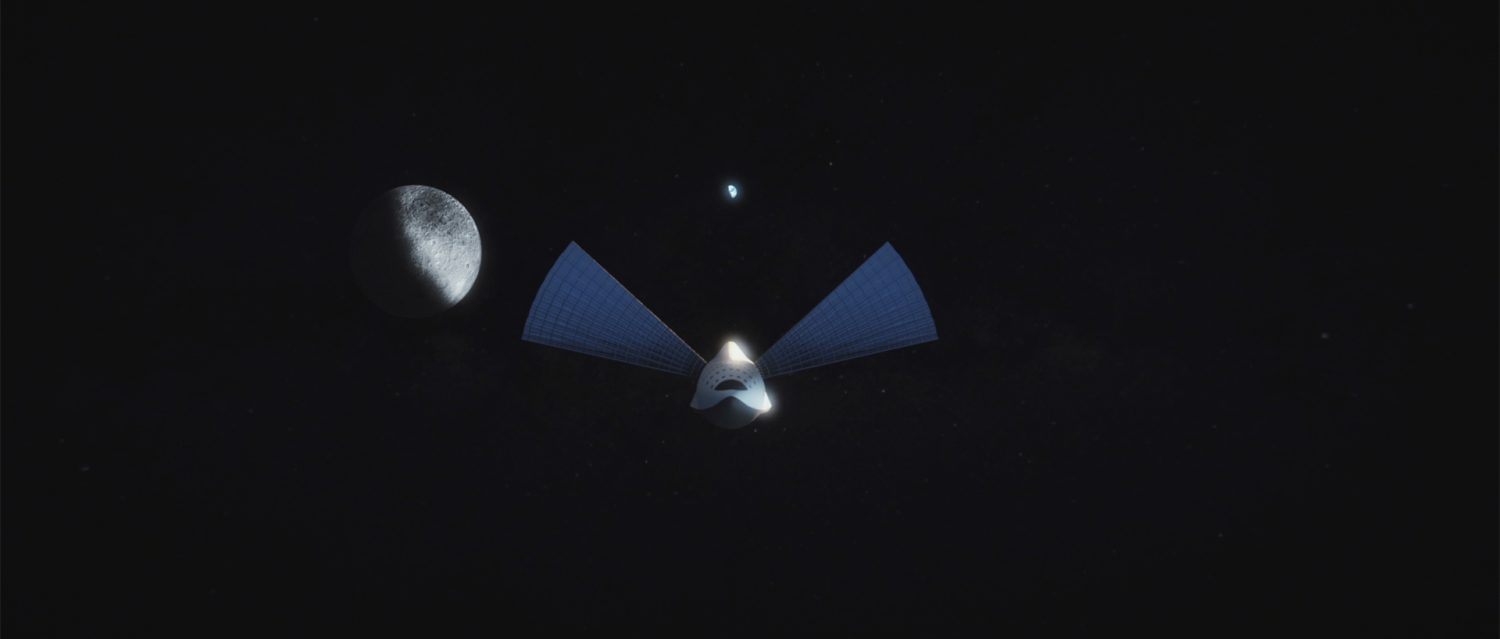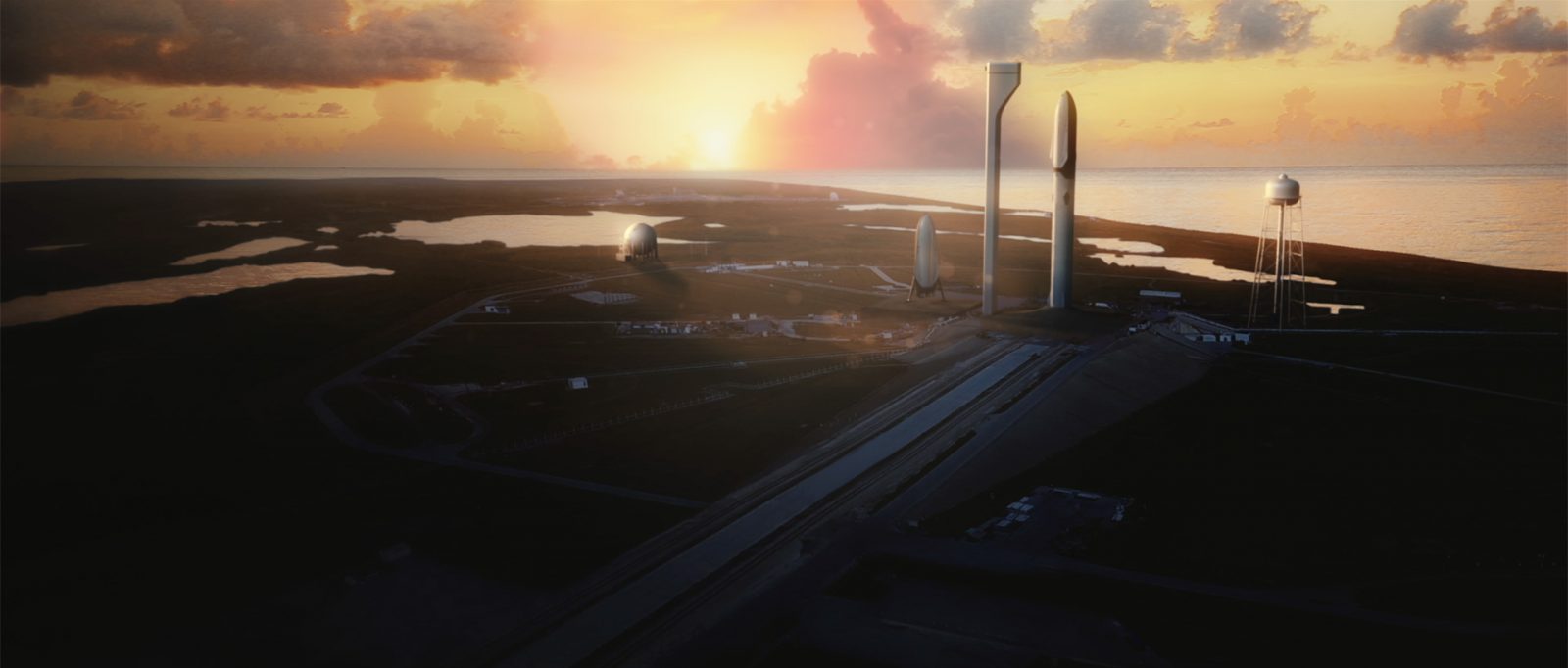Next year, American aerospace company SpaceX will take tourists on a trip around the Moon. Ben Brown reports on the ambitious plan from the company’s founder, Elon Musk
If you’re looking for a remote, unspoiled, and secluded destination for your next getaway, I think I’ve found your answer: the Moon.
Yes, in 2018, two lucky (and presumably rather rich) tourists will become the first civilians to fly within touching distance of the Moon. The wannabe astronauts, who have not been named, approached SpaceX to thrust them into a lunar orbit.
With deposits paid and the technology being developed as we speak, the manned flight is scheduled to take place in less than two years.
It will mark mankind’s first return to Deep Space in 35 years. And it’s merely a stepping stone for SpaceX’s ambitious vision of establishing a human colony on Mars.
SpaceX flight to the Moon
 The intrepid Space tourists will launch in 2018 from the famous Pad 39A at Cape Canaveral. They’ll follow in the footsteps of Apollo astronauts such as Neil Armstrong, Buzz Aldrin and Michael Collins.
The intrepid Space tourists will launch in 2018 from the famous Pad 39A at Cape Canaveral. They’ll follow in the footsteps of Apollo astronauts such as Neil Armstrong, Buzz Aldrin and Michael Collins.
The “holiday” will last roughly a week, with a two-and-a-half day journey to reach the Moon. The flight itself will be automated, leaving the two travellers to sit back and enjoy the view.
The pair will, however, receive extensive training in order to react to emergencies, and potentially fly the craft manually if necessary.
The spacecraft will “skim the surface of the Moon” – which is space-lingo for entering the Moon’s orbit, not physically touching down – before using a slingshot-like motion to thrust back toward Earth.
SpaceX has not revealed how much the tourists have paid for the privilege, other than alluding to a “significant deposit”.
The technical details
 SpaceX is the wildly ambitious project of Elon Musk, the man who made his fortune as co-founder of PayPal and also runs Tesla Motors.
SpaceX is the wildly ambitious project of Elon Musk, the man who made his fortune as co-founder of PayPal and also runs Tesla Motors.

Last month, it successfully launched a rocket to the International Space Station (ISS) on a resupply mission. However, setting their sights on the Moon is the next stage in the company’s development.
The mission will involve two key pieces of hardware. First, the “Falcon Heavy” rocket. The Falcon Heavy will be the most powerful vehicle since NASA’s Saturn V, which flew Apollo astronauts to the Moon in the 1960s and 1970s.
Secondly, the Dragon 2 which is the capsule designed to house the Space tourists.
The announcement comes just six months after SpaceX’s Falcon 9 exploded on the launchpad. Fortunately, that particular rocket contained just satellite equipment, and a follow-up launch in February this year was successful.
I can’t help but think of a quote Musk made to Bloomberg a few years back: “It is remarkable how many things you can explode. I’m lucky I have all my fingers.”
Test launches for the new lunar equipment – Falcon Heavy and Dragon 2 – will take place later this year.
Musk and his team still maintain the utopian vision of flying to Mars by 2020. They aim to establish a settlement and fly humans back and forth for the “affordable” sum of US$500,000.
A brief history of Space tourism
The concept of private, manned flights to space is not particularly new.
Russian space agency Roscosmos has already flown seven tourists on week-long vacations to the ISS. The journeys took place between 2001 and 2009, and the civilian passengers paid between US$20 million and US$40 million for the experience. Next year, it will open for business again.
Of course, you can’t discuss Space tourism and not include Virgin. Richard Branson has been advocating the possibility since the 1990s, and the Virgin Galactic arm of his company is known as “the world’s first commercial spaceline”.
Virgin Galactic is now selling tickets for “suborbital” flights, just outside the Earth’s atmosphere. Tickets cost US$250,000 and allow passengers to experience about six minutes of weightlessness and stunning views of the curvature of our planet.
However, Virgin’s tourist flights do not orbit the Earth, let alone the Moon. It offers little difference to the much cheaper “vomit comet” that treats passengers to periods of zero gravity as it makes an elliptical free-fall.
You start to see why SpaceX’s manned Moon orbit is so ambitious.
The start of a trend?
Are we on the brink of a Space tourism revolution? The first telling signs are certainly emerging. Just last month, Globetrender reported on stylish new space suits developed by Boeing. The suits are already generating interest from SpaceX and other Space tourism companies, suggesting that practical, commercial space flight is on the horizon.
Other major players are testing and developing their own spacecraft. Amazon’s Jeff Bezos, for example, successfully launched his “Blue Origin” craft last year, and now plans to develop an Amazon-style delivery service to the Moon.
The barrier here is cost. As Musk once explained, sending people to Space in a single-use rocket is like throwing away a B747 after a single flight to London.
For space tourism to become viable, we need to develop reusable rockets. It’s something that SpaceX has diverted much of its energy into.
For now, the early stages are emerging, but your options are limited (and expensive). You can either pay Virgin Galactic US$250,000 for a suborbital flight, drop Elon Musk an email and commission your own lunar trip or take a trip on the vomit comet.
As for the 2018 Moon vacation, SpaceX summed up the future of space tourism nicely: “These individuals will travel into space carrying the hopes and dreams of all humankind, driven by the universal human spirit of exploration.”
